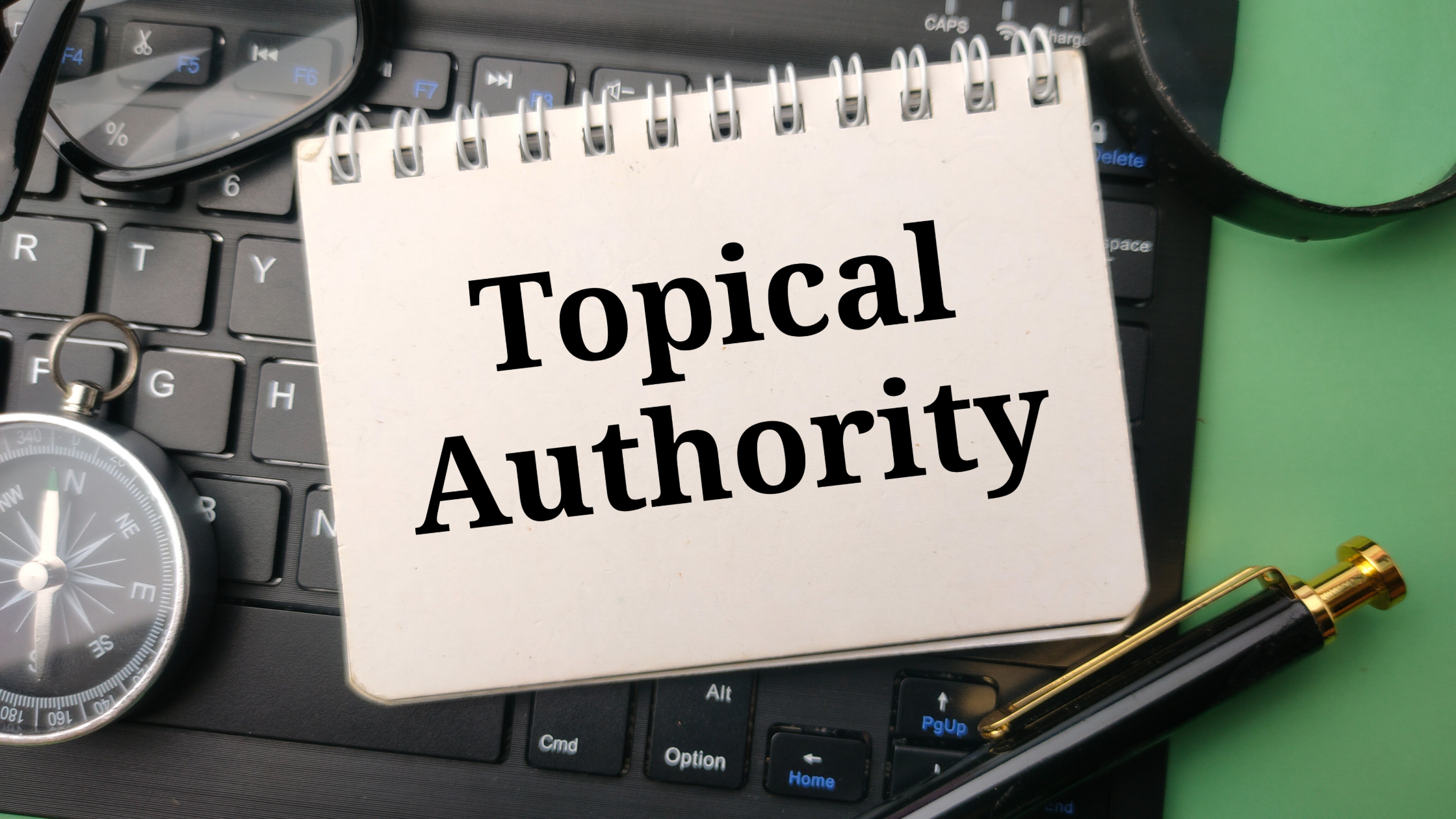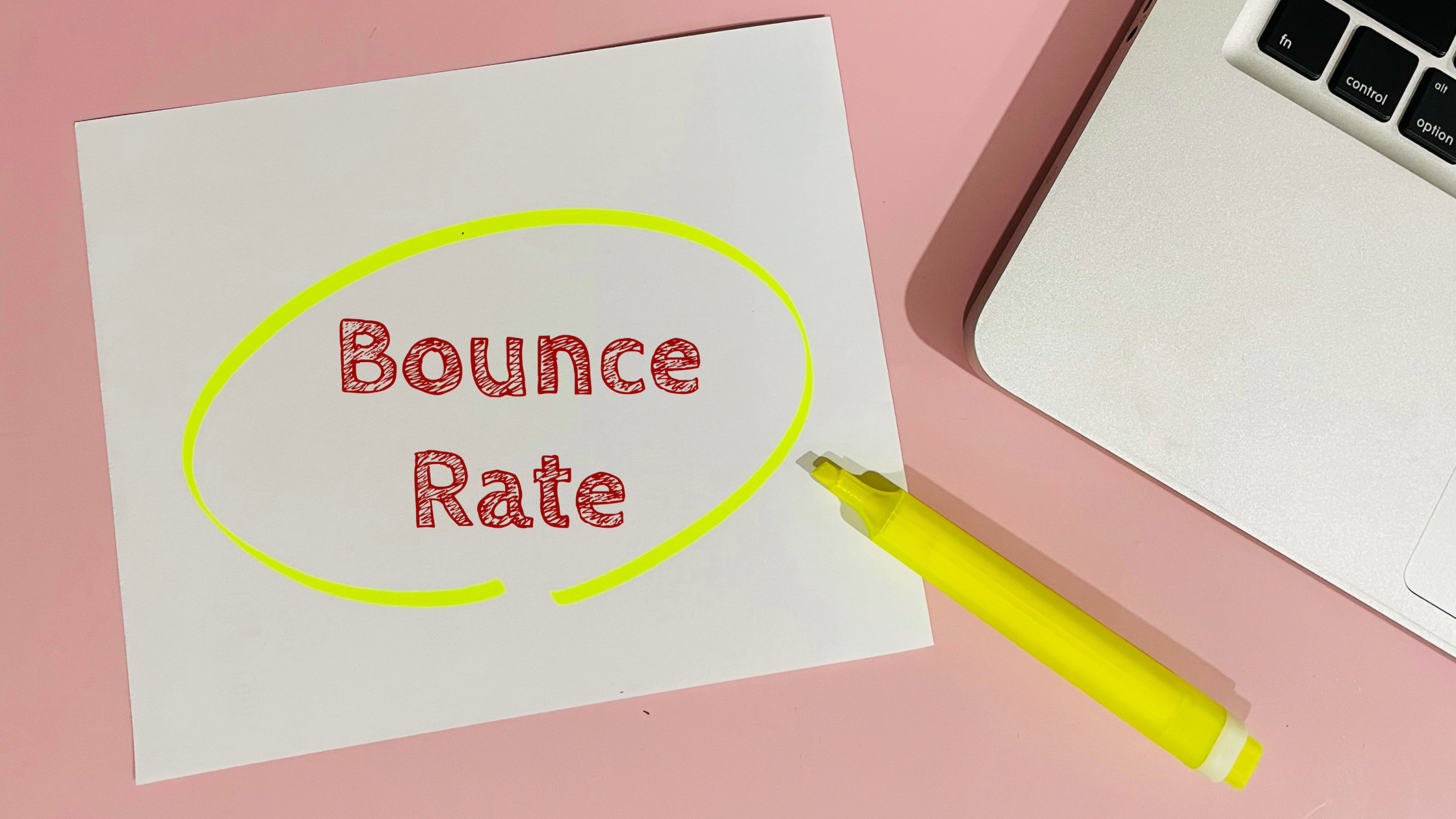How To Craft Effective Meta Descriptions
If you’ve ever Googled something, you’ve seen meta descriptions in action. They’re those little snippets of text under the page title that tell you what a page is about. But here’s the thing—most meta descriptions are boring, misleading, or just plain useless. Which means if you know how to write a good one, you’re already ahead of your competition.
What Is a Meta Description?
A meta description is a brief summary of a webpage that appears in search engine results below the page title. It’s your first (and sometimes only) chance to convince someone to click on your link instead of the other nine on the page.
But while meta descriptions don’t directly impact rankings, they do affect your click-through rate (CTR). And a higher CTR can indirectly boost your rankings over time.
Why Meta Descriptions Still Matter
Despite what some SEO “experts” will tell you, meta descriptions still matter in 2025. Here’s why:
- They Improve Click-Through Rates: A well-written meta description can make your link irresistible.
- They Set Expectations: Users know exactly what they’ll get when they click.
- They Can Influence Google’s Snippet: If your meta description is a good match for the search query, Google may use it.
How Long Should a Meta Description Be?
The best practice is to keep your meta descriptions between 50-155 characters. Anything longer gets cut off, and anything too short may not provide enough information to drive clicks.
How to Write an Effective Meta Description
Ready to write meta descriptions that actually work? Follow these steps:
1. Include Your Focus Keyword Naturally
Your meta description should include the main keyword you’re targeting for the page. This makes it clear to both users and search engines what your content is about.
2. Make It Clear and Compelling
Your meta description should answer the user’s question or promise a benefit. Don’t be vague. Be specific and direct.
3. Use Action-Oriented Language
Start with verbs like “Learn,” “Discover,” “Get,” “Explore,” or “Try.” This creates a sense of urgency and tells the reader exactly what they’ll get.
4. Keep It Under 155 Characters
Google cuts off anything longer than this. Make every word count.
5. Avoid Duplicate Meta Descriptions
Every page on your site should have a unique meta description. Duplicate descriptions confuse users and search engines alike.
Meta Description Examples (Good vs. Bad)
✅ Good Meta Descriptions:
- For a Recipe Post: “Easy chocolate chip cookie recipe with simple ingredients. Perfect for beginners and ready in 20 minutes.”
- For an SEO Guide: “Learn how to write effective meta descriptions that drive clicks and improve your SEO.”
- For an E-Commerce Product: “Buy premium leather wallets with RFID protection. Stylish, durable, and perfect for everyday use.”
❌ Bad Meta Descriptions:
- Too Vague: “Welcome to our website. We offer a wide range of products.”
- Keyword-Stuffed: “Buy leather wallet, leather wallets, best leather wallets, premium leather wallets.”
- Too Long: “This is the best guide you will ever read about meta descriptions because we cover everything from writing tips to best practices and examples.”
How to Optimize Meta Descriptions for SEO
Google doesn’t always use your meta description. Sometimes, it pulls a random snippet of text from your page if it thinks that’s a better match for the query. But you can increase the chances that Google will use your meta description by:
- Matching Search Intent: Make sure your description matches what users are looking for.
- Including Your Target Keyword: This increases relevance.
- Being Direct: Get to the point. Don’t waste characters on fluff.
Tools to Help You Write Better Meta Descriptions
If you’re writing meta descriptions for a lot of pages, these tools can make your life easier:
- Yoast SEO (WordPress): Provides a preview of how your meta description will look in search results.
- SEMrush or Ahrefs: See what your competitors are using and how their meta descriptions perform.
- Google Search Console: Check how your pages appear in search results and identify opportunities to improve your CTR.
Common Meta Description Mistakes to Avoid
Don’t sabotage your CTR with these common errors:
- Leaving Meta Descriptions Blank: Don’t rely on Google to pull text for you.
- Keyword Stuffing: It looks spammy and can turn users away.
- Misleading Text: Don’t promise something your page doesn’t deliver. That leads to high bounce rates.
- Using Generic Descriptions: “Learn more about our services.” is a wasted opportunity.
The Bottom Line: Meta Descriptions Are Your Ad in Search Results
Think of your meta description as a mini-ad for your page. It should be clear, direct, and compelling enough to make users want to click. If you’re not writing meta descriptions, you’re missing out on a huge opportunity to improve your click-through rate and your SEO.
Need help crafting meta descriptions that actually drive clicks? At Hour51.com, we write SEO-friendly content that attracts clicks, boosts traffic, and helps your brand grow.
news via inbox
Subscribe to get SEO Tips and Tricks directly in your inbox!








